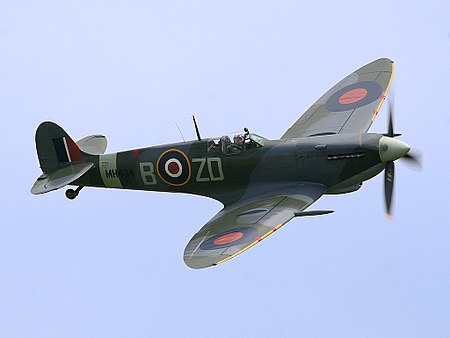 |
| Key in the divided road Keith; Top Left corners |
Skid Roads in North Vancouver Enfor Consultants Ltd.
One skid road route commenced near the Dempsey stone quarryon the west side of Centre Road (Mountain Highway) in Upper Lynn Valley and passed through what later became Princess Park, continuing tip to 29th Street (also known in 1907 as Boundary Road). The skid road then followed around Tempe Crescent
south of the 29th Street hill on the west side of what is now Lonsdale Avenue. Here there was a wide turning circle from 29th Street on to Chesterfield Avenue
to allow a 16 oxen team towing 160-foot long tree trunks in three inline sections, to turn south
down to Burrard Inlet. Once in the water the logs were towed by steam tug to
The skid road branchcame from the south-east side of Tempe Crescent (presently located by steps and paved footpath leading down into Tempe Heights subdivision). As late as the 1920's the local children could hear the "chuff chuff" of the steam donkey engine hauling logs at the foot of this slope and see its sparks and smoke long after dark.
The skid road linked in 1903 with a feeder road coming down from the area of Harold and another from the south-west. All then proceeded southdown Fromme Road/27th Street angling down to join the skid road continuation of
Allen Road (which was built around
1903 for the Hastings Shingle Manufacturing Company owned
by James and Robert Mcnair of Vancouver). The 1875 and 1903 skid roads met just east of the "Dog Leg" on Mountain Highway at 14th Street and the resulting single skid road continued on the south side of the curve of Heywood Street to Moodyville mill site and the waterfront.
Roy J. V. Pallant, MA


































